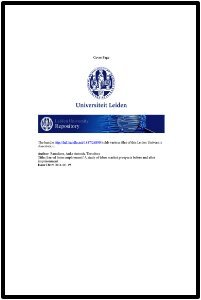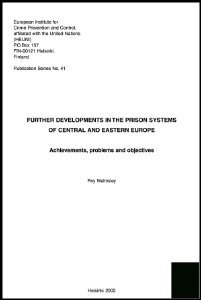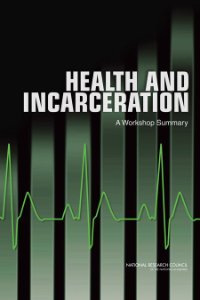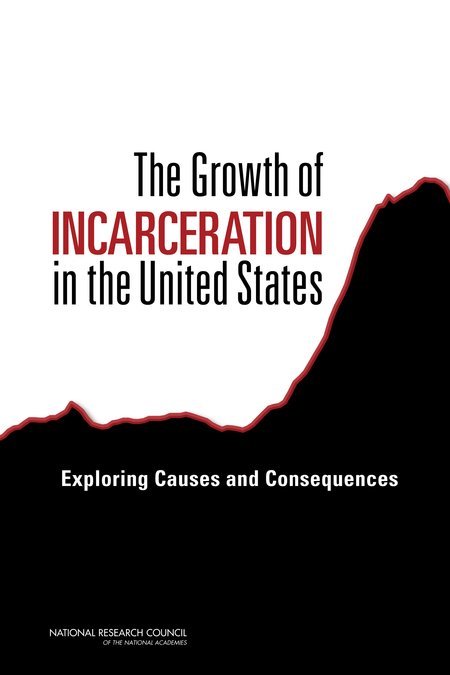Edited by Madeline M. Carter
The manner in which jurisdictions respond to parole and probation violations should be thoughtful and deliberate. Although each case requires individual decision-making, the response to a given violation should be consistent with policy developed by that jurisdiction. Agency violation policies should be built around such considerations as assessment of risk posed by the offender, case processing requirements, local resource availability, and outcomes desired by the agency for certain types of violations. Agency violation policies guide line staff in making supervisory decisions and assist decision-makers in reaching consistent and equitable dispositions. During the past decade, the National Institute of Corrections (NIC) helped 29 jurisdictions address violation issues by providing onsite technical assistance. Many other jurisdictions have expressed interest in receiving such support. Among the lessons learned is that goals, resources, and values differ from one place to another. It is vital that jurisdictions work through a process leading to informed policy options that meet their particular needs. This handbook is built around what we have learned about how agencies effectively address violations policy. Expanding on information and examples from the 29 jurisdictions, this document is designed to lead agency policy teams through a series of activities to help them develop their own set of violation policies. This is a difficult initiative for agencies to take on; however, it is important and essential work, and the resulting agency policy is worth the commitment. I urge agency administrators to use the materials in this handbook to develop probation and parole violation policies that best conform to the needs and resources of their jurisdictions.
Silver Spring, MD: Center for Effective Public Policy, 2001. 105p.





















